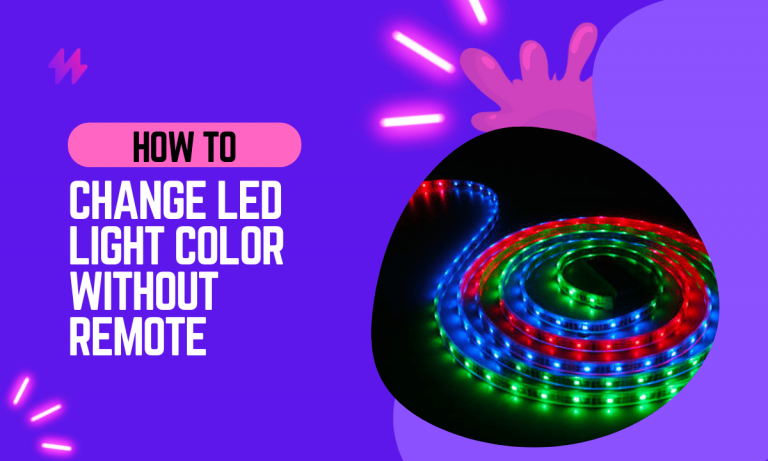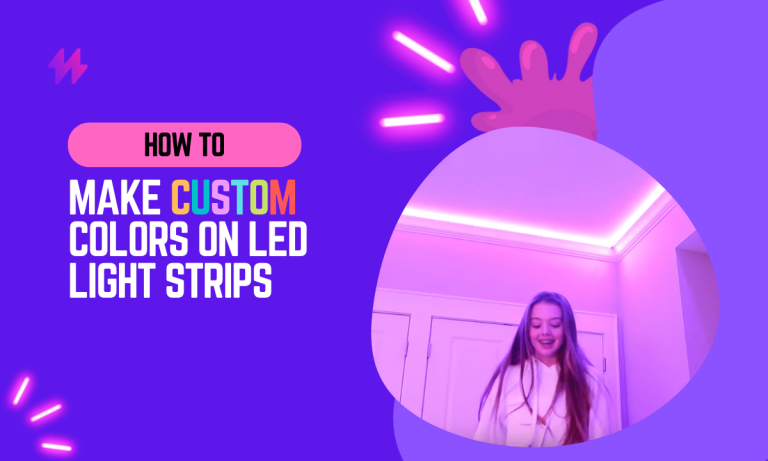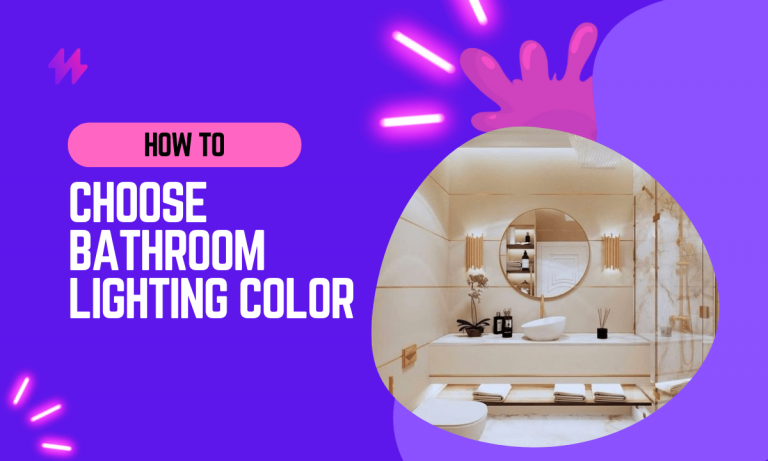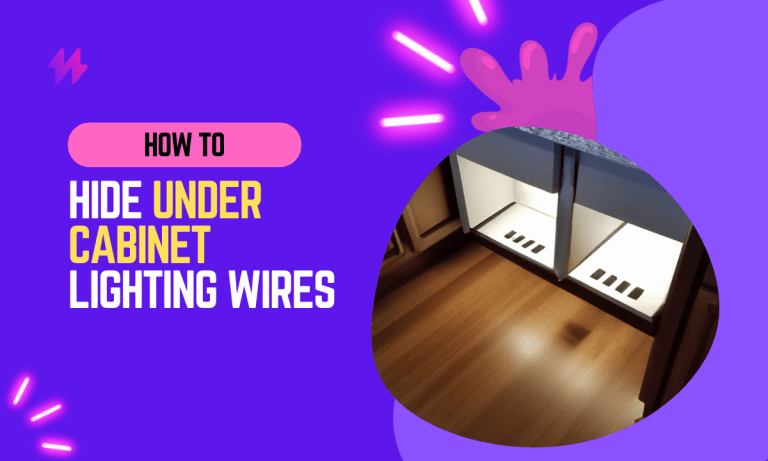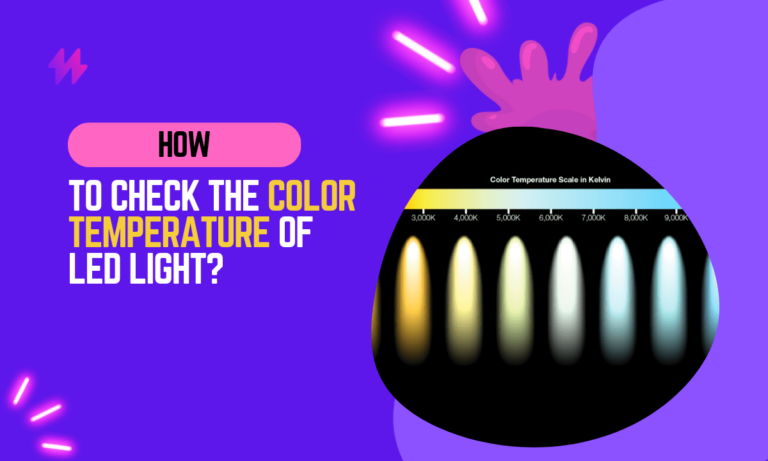How to Add LED Lights to a Bed for Better Sleep
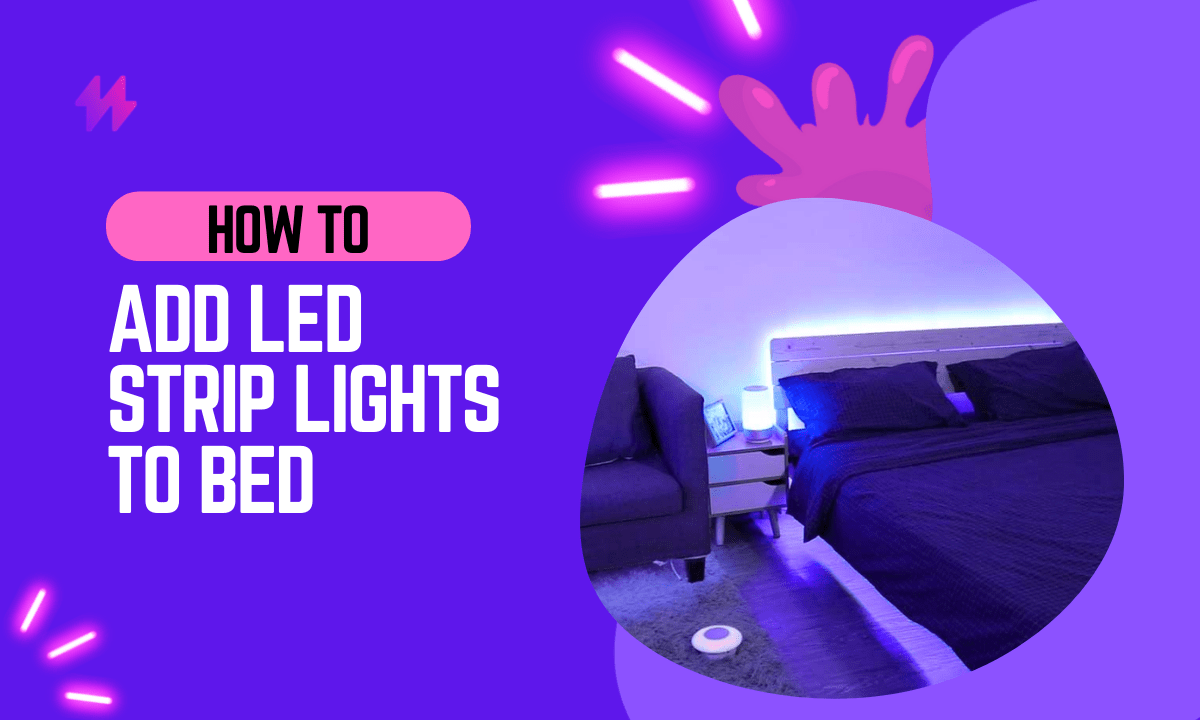
Are you having trouble sleeping? Do you find that your bed is too dark, or that you can’t seem to get comfortable? If so, adding LED lights to your bed may be the solution for you. LED lights can be used for a variety of purposes, from setting the mood for relaxation or romance to helping with reading in bed. They can also provide a little extra light during the night, which can be helpful if you tend to wake up often. With so many different ways to use LED bed lights, everyone can find one that fits their needs and lifestyle.
There are a number of different ways to add LED lights to a bed. One option is to use a light strip, which can be attached to the headboard or footboard of the bed. There are also LED bed lights that can be placed under the bedspread or pillowcase. If you prefer, you can also use a lamp designed specifically for use in bed.
How LED Lights Can Set the Mood for Relaxation or Romance?
LED lights can be a great way to set the mood for relaxation or romance. The soft light they emit can help create a calming atmosphere, which can be perfect for winding down at the end of the day. If you’re looking to add a little extra romance to your life, try using LED lights in different colors.
Red LED lights are known to boost energy and arousal, while blue lights can affect your eyes.
How LED Lights Can Help with Reading in Bed?
If you love to read before bed but find that your bed is too dark, adding an LED light may be the perfect solution. There are a number of different types of LED reading lights available, so you can choose one that best suits your needs. Some reading lights can be attached to the headboard or footboard of your bed, while others are designed to stand on their own.
How LED Lights Can Provide Extra Light During the Night?
If you have trouble sleeping due to anxiety or nightmares, adding an LED light to your room may help. The soft light emitted by an LED light can provide a sense of security and safety, which can be helpful in combating anxiety and promoting better sleep. If you tend to wake up often during the night, having an LED light on in your room can also help you find your way around without having to turn on a bright overhead light.
How to Choose the Right LED Bed Light for you?
When choosing an LED bed light, there are a few things you’ll want to keep in mind. First, consider where you want to place the light. If you’re looking to add romance to your bedroom, you may want to choose a light that can be placed under the bedspread or pillowcase. If you’re more interested in using the light for reading, then a headboard or footboard-mounted light may be a better option.
You’ll also want to consider the brightness of the light. If you plan on using the light for reading, you’ll want to choose a brighter option. However, if you’re looking for a calming atmosphere, then a softer light may be best.
Finally, make sure to choose an LED light that comes with a warranty. This will ensure that you’re able to get a replacement if the light stops working properly.
Choose LED bed light based on bed size
How to Choose LED Bed Light Based on King-Size Bed
When choosing an LED bed light for a king-size bed, you’ll want to choose a light that is at least 60 inches long. This will ensure that the light is long enough to span the entire width of the bed. You’ll also want to choose a light with a brightness of at least 800 lumens. This will provide ample lighting for both reading and relaxation.
How to Choose LED Bed Light Based on Queen-Size Bed
When choosing an LED bed light for a queen size bed, you’ll want to choose a light that is at least 48 inches long. This will ensure that the light is long enough to span the entire width of the bed. You’ll also want to choose a light with a brightness of at least 800 lumens. This will provide ample lighting for both reading and relaxation.
How to Choose LED Bed Light Based on Twin Bed Size
When choosing an LED bed light for a twin bed, you’ll want to choose a light that is at least 24 inches long. This will ensure that the light is long enough to span the entire width of the bed. You’ll also want to choose a light with a brightness of at least 400 lumens. This will provide ample lighting for both reading and relaxation
How to Add LED Lights to a Bed?
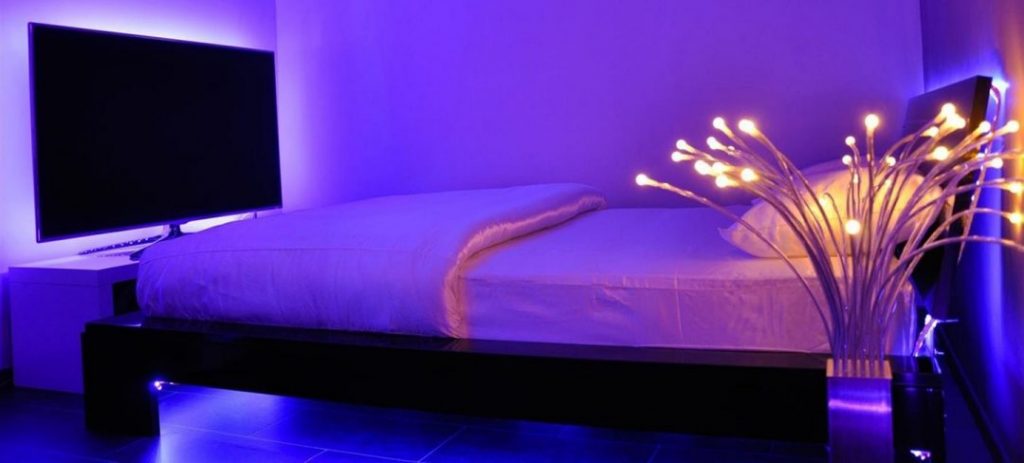
Installing an LED strip light is relatively simple and can be done in just a few minutes. If you’re using a light strip, start by attaching the strip to the headboard or footboard of your bed. Then, plug the strip into an outlet and use the included remote to turn on the light.
If you’re using an under-bed light, start by placing the light underneath your bedspread or pillowcase. Then, plug the light into an outlet and use the included remote to turn it on.
Finally, if you’re using a lamp designed specifically for use in bed, simply place the lamp on a nightstand or other surface near your bed. Then, plug it into an outlet and use the included switch to turn it on.
You may also like: Can you sleep with LED strip lights On?
Tips for Using an LED Bed Light Safely and Effectively
When using an LED bed light, there are a few safety tips you should keep in mind. First, make sure that the light is placed away from any flammable materials. This includes pillows, blankets, and clothing.
Secondly, avoid placing the light near the water. If you’re using an under-bed light, be careful not to spill any water on the light when getting into or out of bed.
Finally, make sure to read the instructions that come with your light carefully. This will help you use the light properly and avoid any accidents.
Conclusion
In conclusion, adding LED lights to a bed can significantly enhance the sleep environment by creating a calm and soothing atmosphere, essential for a good night’s rest. When selecting LED lights for this purpose, it’s crucial to choose colors and brightness levels that promote relaxation rather than stimulation. Warm, soft hues like amber or soft white are often recommended because they are less likely to interfere with sleep cycles compared to the blue light emitted by many electronic screens, which can disrupt melatonin production. Installing dimmable LED strips around the bed frame or using LED-equipped night lamps can provide just enough light to comfort without startling the senses, making it easier to unwind before sleep.
Moreover, the flexibility and control offered by LED lighting systems are ideal for personalizing the sleep environment to individual preferences. Many LED setups now come with smart controls that can be adjusted via a smartphone or voice-activated devices. This technology allows for the customization of light intensity and color based on the time of day or specific needs, such as brighter light for reading before bed that can gradually dim as sleep approaches. Additionally, incorporating timers or programming the lights to gradually fade as one falls asleep can help mimic the natural sunset, further enhancing the body’s natural preparation for sleep. By thoughtfully integrating LED lights into the bedroom, you can create a tranquil space that supports deeper, more restorative sleep, ultimately improving overall health and well-being.

